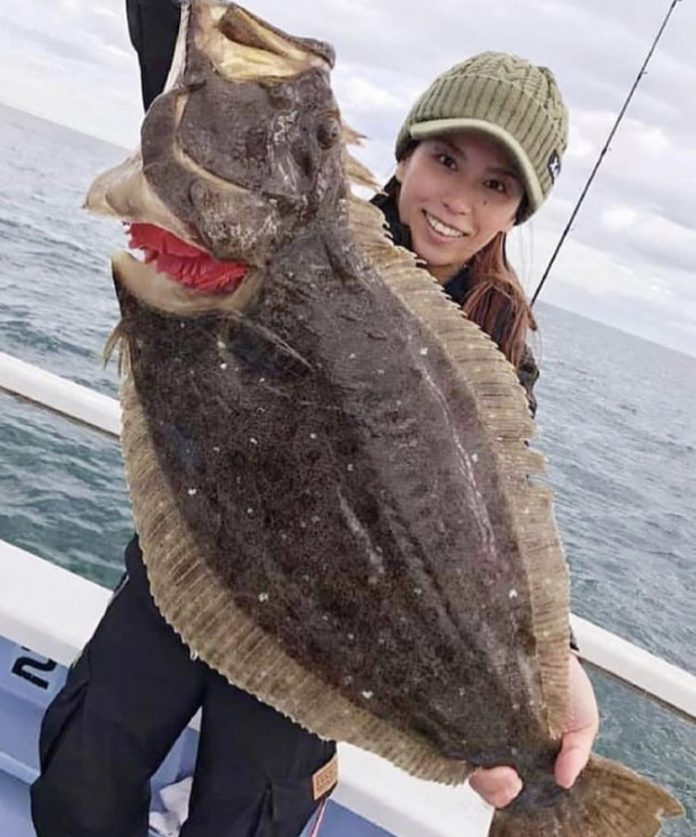

On surf beaches hot areas are just under the main breaker where the sand is gouging out shellfish or the third wave flat inside the big breaker where the disturbed food comes to rest.Ī real flounder hot spot is the slack water side of the end of a groyne becauseįlounder will pass close to the end to get around the obstacle.īass or estuary rods are a favourite for flounder fishing because they allow the use of light lines down to 10lb and also show bites clearly. They like hugging the gutter line between beach and sand and those that find it with an accurate cast will catch the most fish. Releasing the line from the spool to allow the line to bow and the bait to flutter is a worthwhile ploy.įlounders are a shoal species and catching more than one on a rig is common so when a bite is spotted you must sit on your hands, striking at flounders is not playing cricket.Īccurate casting is a big advantage to the estuary angler because flounders have some predictable habits.

Tricks of flounder fishing include moving the bait regularly to explore the ridges and gutters. These can be pronounced or very subtle movements of the rod tip.įishing a slack line is a favoured tactic so that the fish feel little resistance when they take the bait, although even with a slack line a positive bite can be detected with ease in calm conditions. Generally the smaller cat white ragworms are better than the larger snake white rag.Ī bonus of flounder fishing is that it often all happens in a sheltered estuary and the lack of breaking waves allows the rod tip to be placed low to help spot bites. White rag is the king flounder bait, deadly on many venues at times other than spring, especially in clear water.

While various ragworms are major baits in an estuary, lug often produces better fish from storm and surf beaches. On some beaches shellfish catch flounders when a storm dislodges the contents of a sandbar onto the inshore shallows with razorfish, clams and cockles top of the menu. Top bait in many regions is a lugworm or ragworm tipped with a small sliver of fresh mackerel. Other baits rarely survive the attention of bait-robbing crabs long enough for a flounder to find them. Nothing beats fresh peeler crabs for flounders on many venues in spring. It is the movement and vibration of those wriggling tails that are so deadly and they combine with the number one flounder attractor, scent. You will find that the smaller size 6 hooks are easier to remove with a disgorger.īunches of tail-wriggling small king, harbour or white ragworms are favoured for catching flounders, despite the fact that many venues are so murky there is little chance the fish can see the bait. Soft-wire blued patterns are used by many match anglers and those wishing to return their fish alive because they are easier to remove. These tend to be small with size 2 and 4 ideal, while a bigger 1/0 hook is preferred if using a large peeler crab bait, because it allows better presentation, or if a bigger bonus species is likely to be caught while flounder fishing. Once you accept that the fighting prowess of the species is less of an angling challenge than getting it to take the bait, the flounder is a worthwhile target and a real bonus fish often caught from more sheltered venues.Ī major match angling species in many river estuaries and beaches adjacent to major estuaries, the flounder is possibly targeted by more anglers nationally than all but bass and cod.
#FLOUNDER FISHING HOW TO#
Here we show you where to look and how to catch these flatfish…and then ask Gareth Griffiths how he fishes for them at Arnside, CumbriaĪ few sea anglers turn up their noses at the prospect of fishing for flounders, but this chunky flatfish fills the gaps in the shore angler’s year providing sport when either other fish are absent, small or won’t even bite. When all else fails to bite in early season you can rely on a feisty flounder to rattle your rod top.


 0 kommentar(er)
0 kommentar(er)
